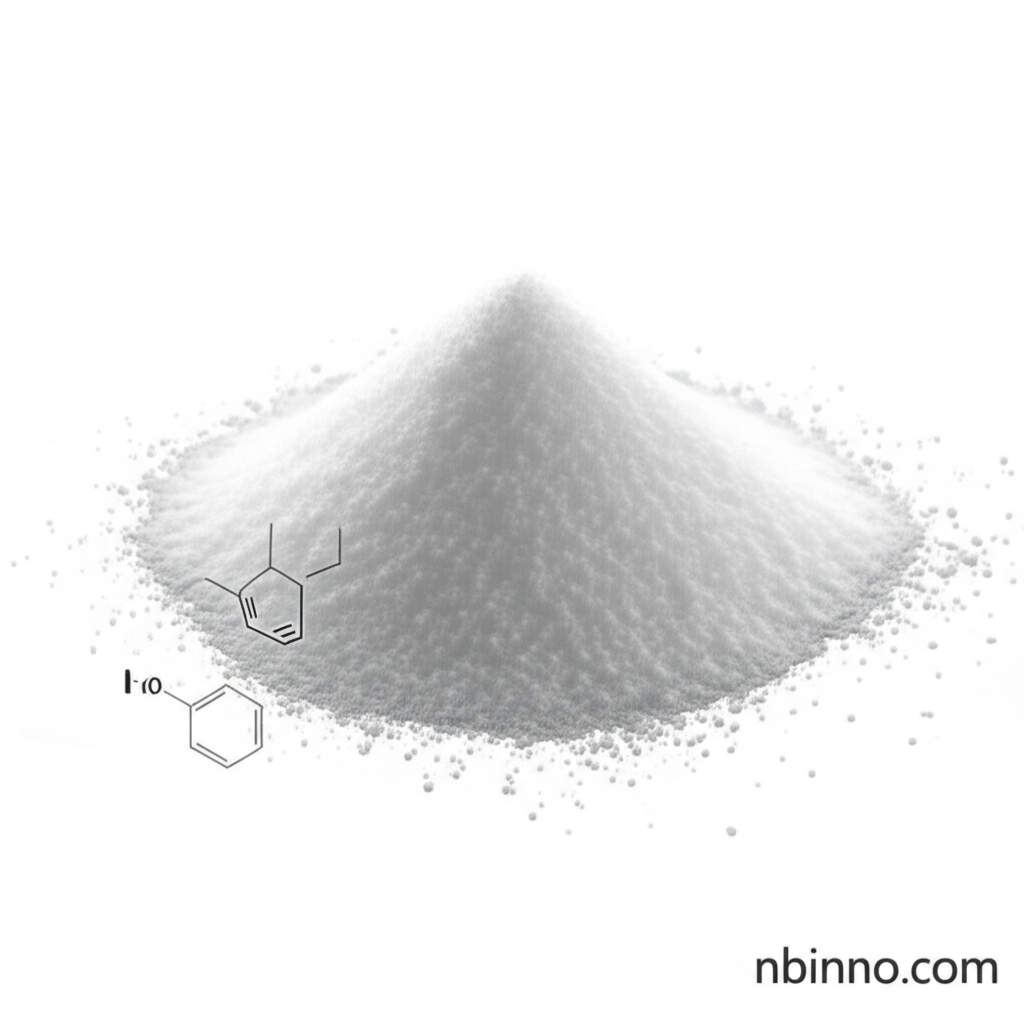4-Methoxyacetophenone: A Versatile Aromatic Ketone for Flavors, Fragrances, and Chemical Synthesis
Discover the sweet, hay-like aroma and versatile applications of this essential chemical intermediate.
Get a Quote & SampleProduct Core Value

4-Methoxyacetophenone
4-Methoxyacetophenone is a white flake crystal with a distinctively sweet, hay-like aroma, often described with floral and coumarin-like notes, reminiscent of butter or caramel. Its stability in alkaline media makes it particularly suitable for flavor formulations in soaps and synthetic detergents.
- Explore the diverse 4-Methoxyacetophenone fragrance uses in perfumes and cosmetics.
- Understand the key flavor applications of 4-Methoxyacetophenone, enhancing various food products.
- Learn how 4-Methoxyacetophenone serves as a crucial pharmaceutical intermediate.
- Discover its role as a precursor in the synthesis of Avobenzone, a vital UV absorber.
Advantages You Gain
Exceptional Aroma Profile
Leverage the sweet, floral, and hay-like scent of 4-Methoxyacetophenone, making it a valuable component for creating pleasing fragrance and flavor profiles.
Chemical Stability
Benefit from the stability of 4-Methoxyacetophenone in alkaline media, a key factor for its successful integration into soap and detergent formulations and for consistent performance in chemical synthesis.
Versatile Synthesis Intermediate
Utilize 4-Methoxyacetophenone as a crucial intermediate for synthesizing pharmaceuticals, UV absorbers, and other specialty chemicals, enabling innovation across industries.
Key Applications
Fragrance Industry
The pleasant and persistent aroma of 4-Methoxyacetophenone makes it a popular ingredient in perfumes, soaps, and cosmetic formulations.
Flavor Industry
Used to impart sweet and anisic flavors, 4-Methoxyacetophenone is found in a variety of food products, contributing to their overall taste profile.
Pharmaceutical Synthesis
As a vital chemical intermediate, it plays a role in the development of various pharmaceutical compounds and active pharmaceutical ingredients (APIs).
Specialty Chemicals
Its chemical structure makes it a building block for synthesizing specialty chemicals, including UV-blocking agents and agrochemicals.
